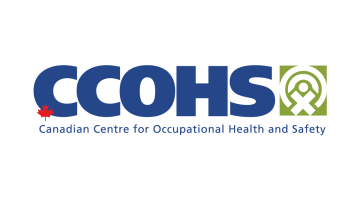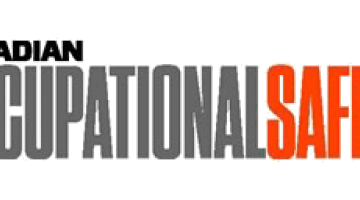Job accommodation
Job accommodations, through modifications or adjustments to job processes, work environments and/or work schedules, are a key component of stay-at-work and return-to-work programs that are designed to ensure workers with work- or non-work-related injuries or illnesses (physical or mental) are able to sustain their employment. IWH conducts a wide range of research in this area, exploring barriers and facilitators to successful job accommodation, as well as disclosure of disability and other complex issues surrounding the accommodation of injured or ill workers.
Featured

At Work article
Police service members face challenges with accommodation, communication and trust when returning to work after an injury
A recent IWH study examined the experiences of sworn and civilian Ontario police service members returning to their jobs after experiencing an injury or illness. It found their RTW challenges revolved around five main themes.
Published: September 18, 2023

At Work article
How government funding can best support the employment of persons with disabilities
What kind of government funding best encourages employers to hire and retain persons with disabilities? A research team at the Institute for Work & Health recently explored this question.
Published: May 4, 2022
Journal article
Journal article
Workplace disclosure decisions of older workers wanting to remain employed: a qualitative study of factors considered when contemplating revealing or concealing support needs
Published: Work, Aging and Retirement, January 2024
Journal article
Journal article
Understanding the unmet accommodation needs of people working with mental or cognitive conditions: the importance of gender, gendered work, and employment factors
Published: Journal of Occupational Rehabilitation, January 2024
Journal article
Journal article
Return-to-work experiences in Ontario policing: injured but not broken
Published: Journal of Occupational Rehabilitation, January 2024

At Work article
Police service members face challenges with accommodation, communication and trust when returning to work after an injury
A recent IWH study examined the experiences of sworn and civilian Ontario police service members returning to their jobs after experiencing an injury or illness. It found their RTW challenges revolved around five main themes.
Published: September 2023

IWH in the media
Supporting workers with chronic conditions
Report profiling the Job Demands and Accommodation Planning Tool (JDAPT) and its capacity to help worker's find accommodations without disclosing a condition to their employer.
Published: Canadian Centre for Occupational Health & Safety, May 2023

IWH in the media
Workplace health conversations are awkward: A new tool is here to help.
Todd Humber reports on discussions about chronic health accommodations at work, profiles the role of the Job Demands and Accommodation Planning Tool (JDAPT).
Published: OHS Canada, April 2023
Journal article
Journal article
The employment quality of persons with disabilities: findings from a national survey
Published: Journal of Occupational Rehabilitation, April 2023
IWH Speaker Series
IWH Speaker Series
Unveiling the JDAPT: A new interactive tool to identify work-related support strategies for workers with chronic conditions and disability
Many workers with chronic physical and mental health conditions struggle when deciding whether to seek support from their workplace. The Job Demands and Accommodation Planning Tool (JDAPT) is designed to help address the complexity of disclosure decisions. Developed as part of a large research partnership, the JDAPT is an online, interactive tool that guides users through a series of simple questions about their job demands, job tasks and working conditions. In this presentation, Dr. Monique Gignac describes the JDAPT tool, its development, as well as data from two studies on the tool. She discusses the JDAPT’s potential to help workers by focusing on work solutions, not medical diagnoses and symptoms.
Published: March 2023

IWH in the media
Tool to help workers with chronic and episodic health conditions
Shane Mercer reports on the Job Demands and Accommodation Planning Tool (JDAPT) ahead of it's March 21 launch date, including quotes from Monique Gignac describing the tool.
Published: Canadian Occupation Safety, March 2023
Journal article
Journal article
Pre-existing anxiety and depression disorders and return to work after musculoskeletal strain or sprain: a phased-based approach
Published: Journal of Occupational Rehabilitation, January 2023